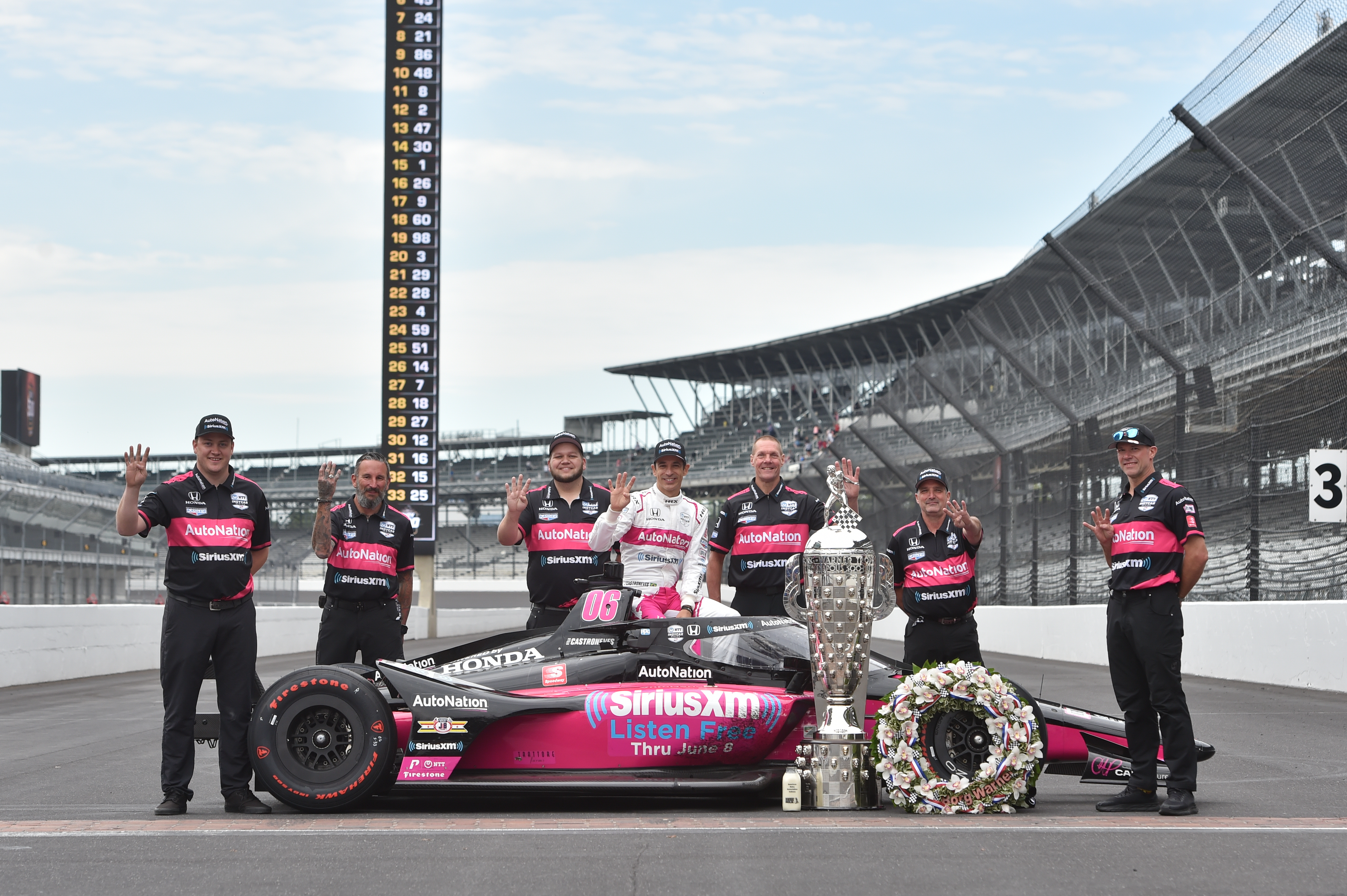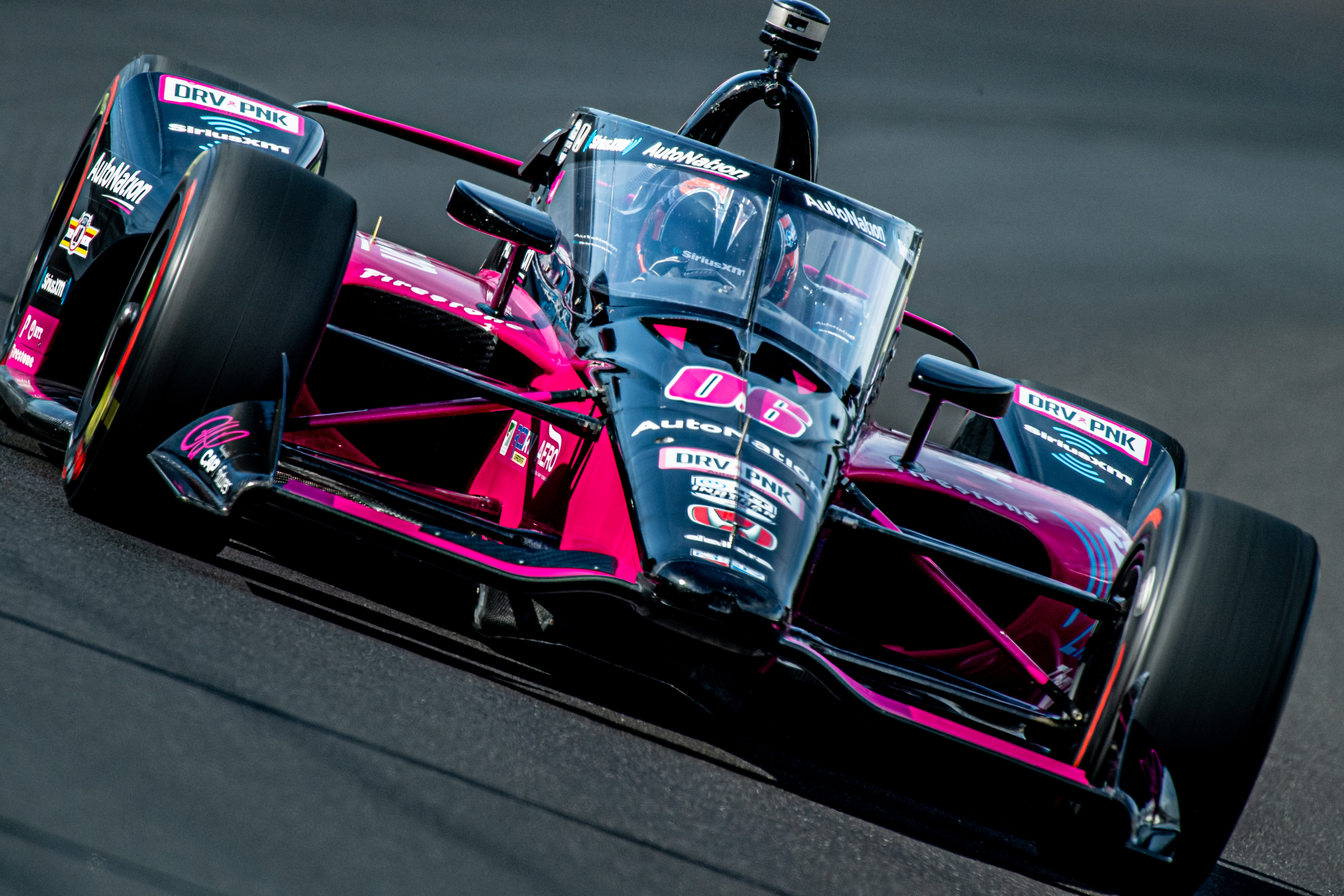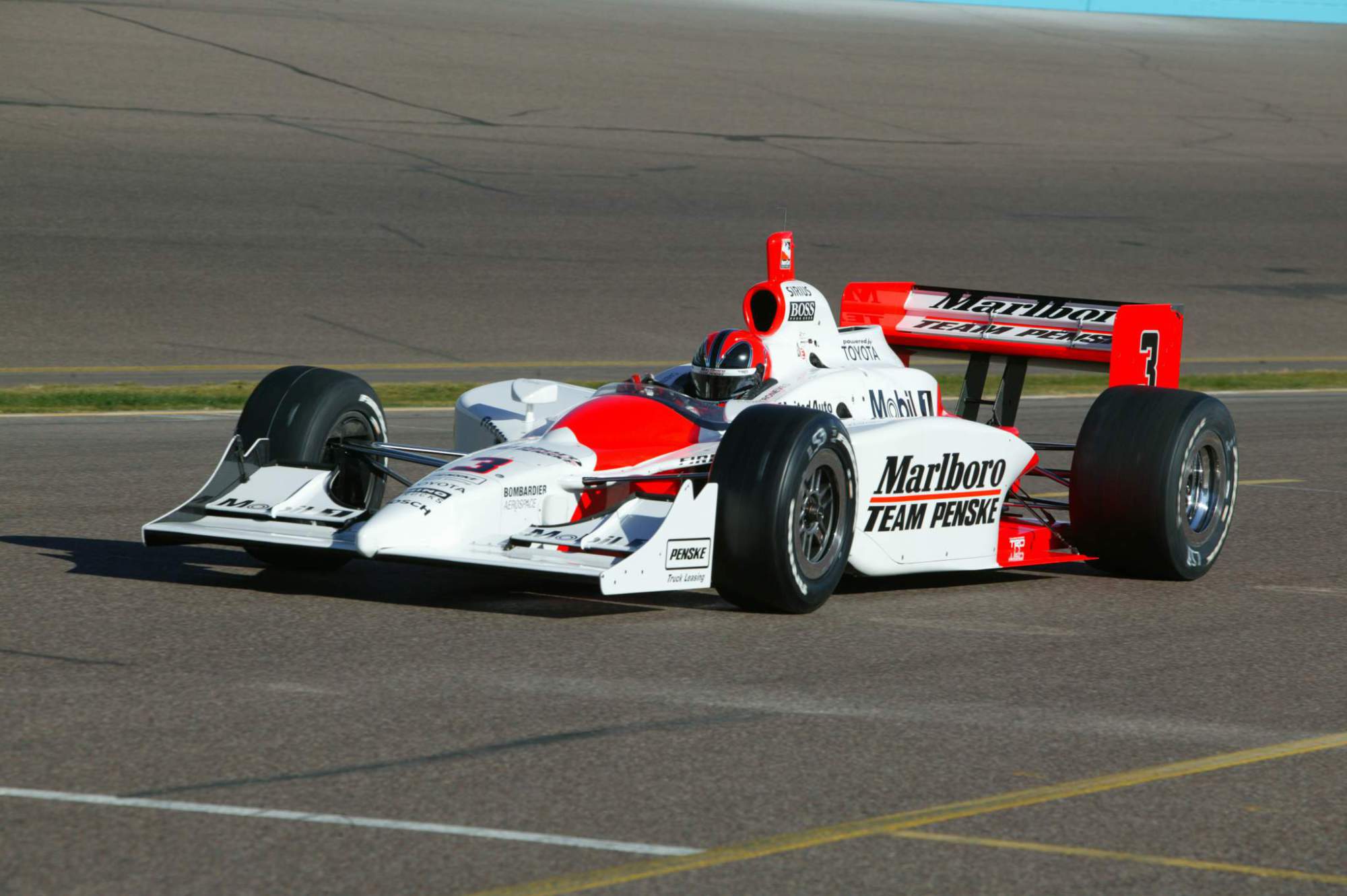Ever since now four-time Indianapolis 500 winner Helio Castroneves was guided into sportscars for the 2018 season, he’s wanted to return to full-time IndyCar action.
His latest Indy 500 win, secured last month, with Meyer Shank Racing has given Castroneves more momentum than ever to succeed in securing that return, both in terms of proving his worth and when it comes to securing financial backing.
With Mike Shank telling The Race IndyCar Podcast that he is pursuing moving to two full entries as soon as possible – but not for 2021 as his Andretti Autosport tie-up doesn’t allow it – The Race asks should and could Castroneves get that full-time IndyCar return for 2022, and if it’s the right move for MSR.
Focus on the drive for five at the Indy 500
Jack Benyon

I don’t think Castroneves needs to or should return to IndyCar full-time.
Ultimately, he never should have been shoved out of the back door into sportscars at the end of 2017, but that’s happened and can’t be changed.
Getting up to speed with different brakes and steering wheel proved tricky for Castroneves in his Arrow McLaren SP one-off last year albeit in very difficult circumstances. That’s just the beginning of an adaptation that will include the aeroscreen and the understeer it’s added to the car when he gets going again at Nashville in two months’ time. For a full-time IndyCar programme, he needs proper testing, which is sparse at the moment.
In a field that is more competitive than it’s ever been, I don’t think Castroneves is going to get close to winning the IndyCar title he couldn’t win in 17 years of prime Penske equipment. So that means MSR would be signing him for his experience, which has merits but it could be using the time to build something longer-term.
The MSR set-up worked perfectly for Castroneves to pop in, win the race and done. He didn’t need a warm-up race with his crew or anything, he just nailed it. And he can do it again.
In sportscars, he can make a decent living, be more competitive and stay sharp as he has done for the past three and a bit years and just go for the drive for five at the 500.
It’d be the ideal way to avoid any sort of mild embarrassment if he’s not able to get back to the road course form we know he’s capable of, blotting his almost spotless legacy as it stands.
He deserves the chance
Glenn Freeman

A part schedule feels like a great fit for Castroneves. He avoids the grind of a full season, presumably gets a say in which events he races in, and still gets a chance to make history at Indianapolis as he has in 2021.
That’s all fine, until you realise how keen he is to get back to racing full-time. If he wasn’t desperate to dive back in with both feet I wouldn’t be advocating that he should.
But if he wants it that badly, and is still capable of producing performances like he did at Indy, then he should get what he desires.
Looking back, his form with Penske hadn’t massively trailed off in his final full seasons there. From 2012-2017 he was always in the top five in the standings, so we can’t point to an obvious decline in excellent machinery that suggests he was moved aside by Penske at the right time.
It’s the time of youth in IndyCar
Josh Suttill

Age is just a number. Helio Castroneves proved just that when he won for a fourth time at Indy aged 46.
But a full-time IndyCar return is another ballgame entirely, and his disappointing cameo with Arrow McLaren SP on the Indy road course last year was an early indication that there’s little guarantee he’d simply pick up where he left off after finishing fourth in the drivers’ championship in 2017.
In fact, a lot has changed since 2017, namely the youth movement in IndyCar has taken over. Back in 2017, then 25-year-old Alexander Rossi was the youngest driver inside the championship’s top 10. But now four of the top 10 in the 2021 standings are below 25, including the championship leader Alex Palou.
You’ve also got the likes of Indy Lights stars Linus Lundqvist and Kyle Kirkwood, who will be knocking on the door of IndyCar as the year progresses. Not to mention the plethora of talent in Formula 2, FIA F3 and the likes of reigning Formula E champion Antonio Felix da Costa who could become the latest drivers to switch to America.
It’s then perhaps unsurprising that even somebody with Castroneves’s experience and pedigree struggles to find a full-time seat. The line to get into IndyCar is too long and too youthful, and that’s brilliantly exciting. However, there’s little reason why Castroneves can’t keep teaching them a lesson once a year at Indy.
His career deserves a fairytale end
Matt Beer

Helio Castroneves’ IndyCar career has been a disappointment.
Yep, OK, that’s a deliberately provocative opening statement. I’d better try to justify it because 31 race wins across CART/IndyCar including four Indianapolis 500s is also a superbly successful career.
But it doesn’t actually live up to what I thought Castroneves was going to be capable of a little over 20 years ago.
When he single-handedly proved Lola was back in business with his heroics for underdog Hogan Racing in 1999 and then showed blistering pace and boldness in his first Penske season in 2000 (doing absolute justice to the memory of Greg Moore, whose seat that would’ve been had he lived), I was convinced Castroneves was the only driver in the field with raw talent to rival Juan Pablo Montoya’s.
It still seems surreal that all that ability didn’t produce a single IndyCar title across two decades with Penske – especially as so many of his team-mates (Gil de Ferran, Sam Hornish Jr, Will Power, Simon Pagenaud, Josef Newgarden) did win championships in that period.
In his late 40s, he’s not going to be an IndyCar champion with Meyer Shank Racing even if he makes a full-time comeback. But the way he helped galvanise this team, the racecraft he showed on the way to that bombshell Indy 500 win, the rampant enthusiasm he has for being on the grid and being part of this project… it all makes me think that if he’s never going to have an IndyCar title, he can at least have the sign-off of being as involved as he really wants to in the rise of a future title-winning team.
And fresh off that Indy 500 win, there’s surely never going to be a better time to find the funding and resources to make his full-season dreams come true. It’s now or never for reasons beyond his age.
The momentum he could build and the contribution he could make to MSR with a full calendar just feels like a perfect way to bring his career full circle. The man synonymous with Penske might actually have done his very best work with Hogan and Shank.







